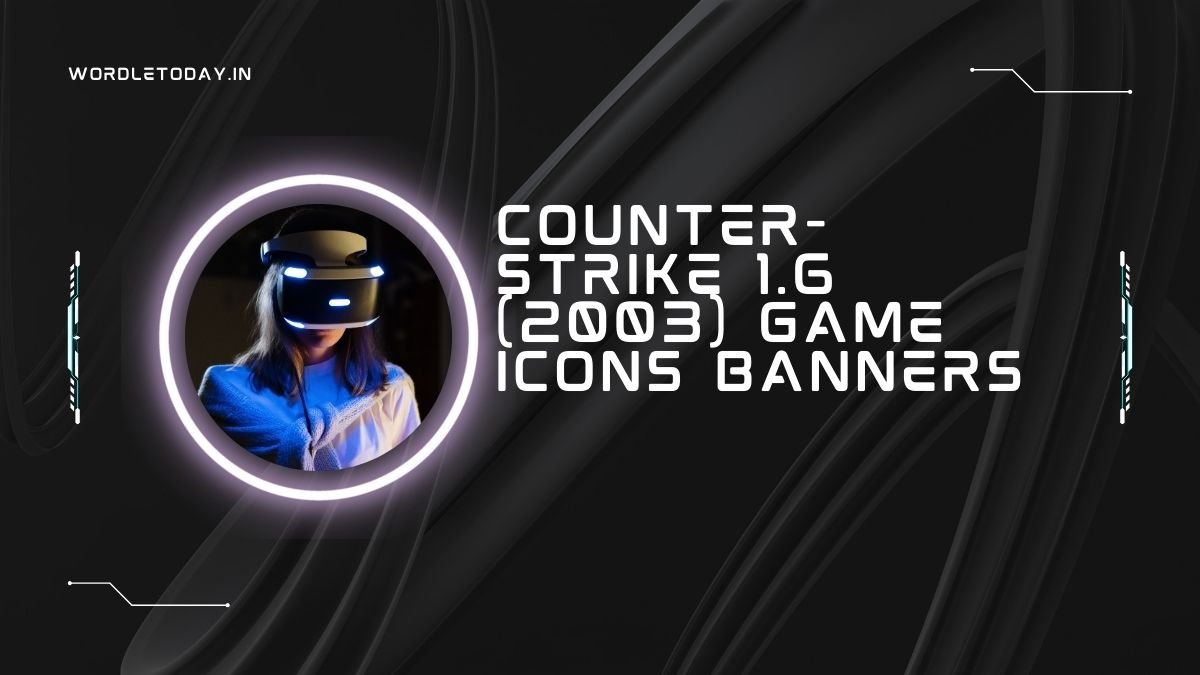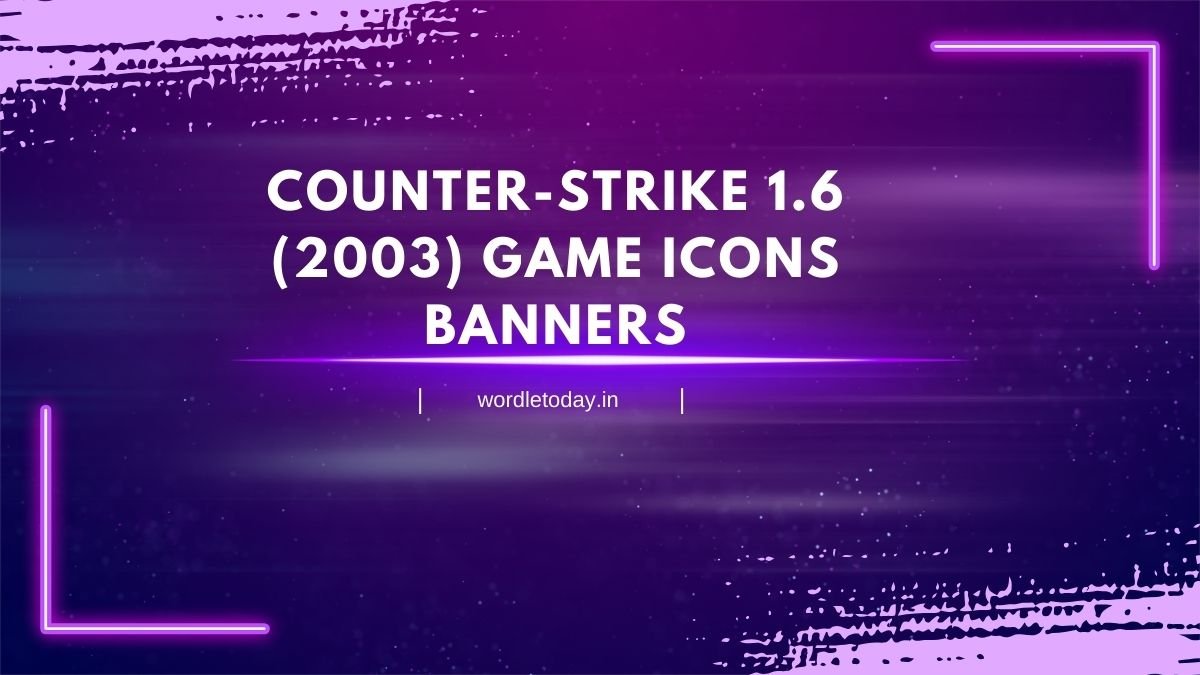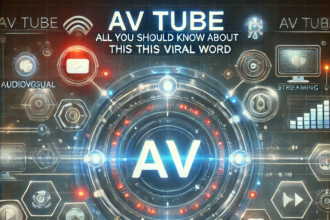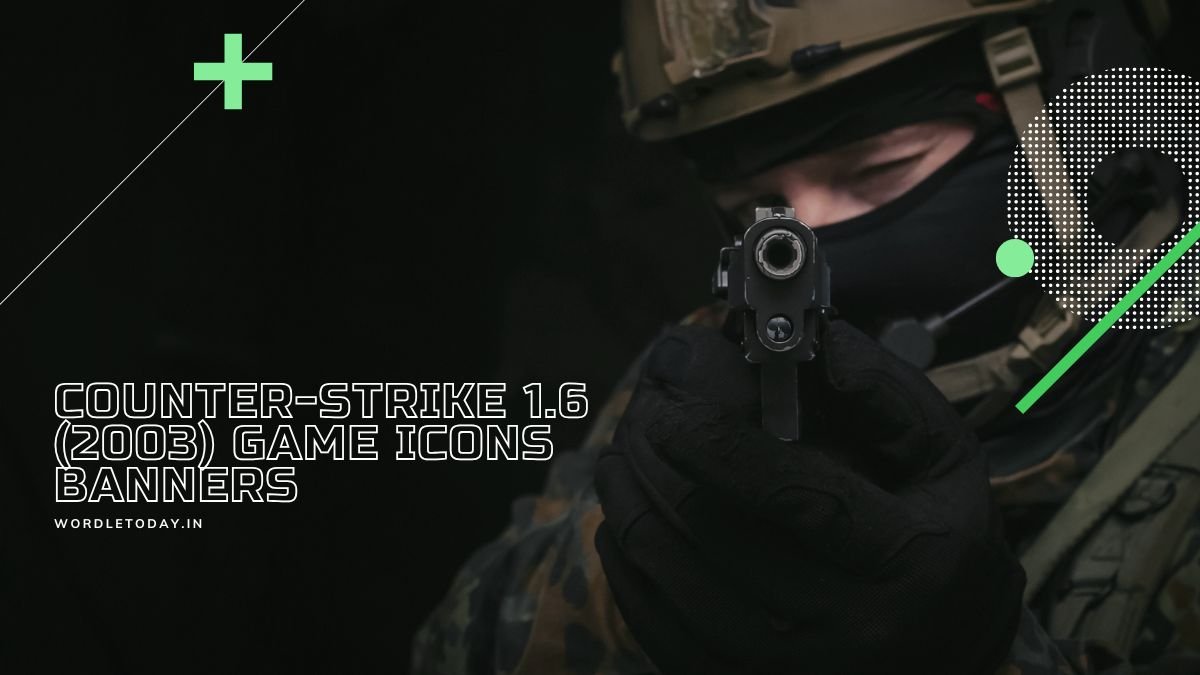Introduction
Counter-Strike 1.6 (2003) Game Icons Banners, released in 2003, is often hailed as one of the most influential first-person shooters (FPS) in gaming history. It laid the foundation for modern competitive esports and continues to have a dedicated fan base even decades later. Beyond the gameplay, one of the less-discussed aspects that contributed to its iconic status are its game icons and banners. These visual elements play a pivotal role in creating an immersive gaming experience, enhancing both the aesthetic and functionality of the game.
What Is Counter-Strike 1.6 (2003) Game Icons Banners?
Counter-Strike 1.6 (2003) Game Icons Banners, often referred to simply as CS 1.6, is a multiplayer first-person shooter where players are divided into two teams: Terrorists and Counter-Terrorists. The game features a wide variety of objectives, from bomb defusal to hostage rescue. It was built on the Half-Life engine and became one of the most popular games in the early 2000s.
Evolution of the Counter-Strike Franchise
Before Counter-Strike 1.6, the series began as a mod for Half-Life, eventually evolving into a standalone game. Over the years, numerous updates and sequels followed, such as Counter-Strike: Source and Counter-Strike: Global Offensive (CS: GO), but CS 1.6 remains a cornerstone of the franchise.
The Importance of Game Icons and Banners
Visual Elements in Gaming
Icons and banners in gaming serve not only as aesthetic features but also as functional tools. In Counter-Strike 1.6 (2003) Game Icons Banners, they play an integral role in conveying information quickly to the player. Icons for health, ammo, or team logos can make or break a player’s understanding of the game at any given moment.
Role of Icons and Banners in Player Engagement
Icons and banners are essential for creating an immersive environment, adding to the emotional connection players form with their teams and the game. Whether you’re playing casually or competitively, these visual cues keep you engaged by simplifying complex information.
The Classic Crosshair Icon
One of the most recognizable icons in Counter-Strike 1.6 (2003) Game Icons Banners is the crosshair. This tiny, yet vital symbol allows players to aim with precision. Its simplistic design enables players to focus on the task at hand, reducing distractions during intense firefights.
The Terrorist and Counter-Terrorist Logos
Each team in CS 1.6 is represented by unique logos that are instantly recognizable. The Terrorist logo is a rough, aggressive emblem that contrasts sharply with the clean and tactical look of the Counter-Terrorist logo. These logos appear throughout the game, from the main menu to in-game scoreboards, solidifying the team-based nature of the experience.
Health, Armor, and Ammo Icons
These icons are functional tools that help players monitor their resources during gameplay. Health and armor icons show how much damage a player can still take, while the ammo icon helps them keep track of their ammunition, preventing them from running out at a critical moment.
Banners in Counter-Strike 1.6 (2003) Game Icons Banners
Iconic Team Banners
In CS 1.6, team banners often display logos of the Terrorist and Counter-Terrorist factions. These banners are prominently displayed in competitive matches, adding a layer of team pride and enhancing the competitive atmosphere.
Tournament Banners and Their Influence
During major tournaments and esports events, custom banners are used to represent professional teams. These banners often showcase team sponsors and add to the branding of competitive gaming, making the events visually exciting and commercially viable.
In-Game Banners: Aesthetic and Purpose
While not as functional as icons, in-game banners serve an aesthetic purpose by beautifying the gaming environment. They provide a backdrop to gameplay, adding layers of detail and richness to the virtual world.
Design Elements of Icons and Banners
Minimalist Design in CS 1.6
One of the key reasons why CS 1.6’s icons and banners have stood the test of time is their minimalist design. The clean, straightforward imagery allows for quick recognition, which is crucial in a fast-paced FPS game.
Color Psychology in Game Design
The color schemes used in Counter-Strike 1.6 icons and banners are intentional. Red is often used for the Terrorist side, invoking aggression, while blue or green represents the Counter-Terrorists, symbolizing calm and control. These choices aren’t random—they’re meant to evoke emotional responses and help players identify with their teams.
How Icons and Banners Affect Gameplay Experience
Icons and banners aren’t just there for looks. They provide essential information, helping players make split-second decisions. In CS 1.6, a well-placed icon can mean the difference between victory and defeat.
Role in Team Identity and Esports Culture
Banners and icons are integral to the esports culture, especially in games like Counter-Strike. Teams use these visual elements to build their brand, and fans rally behind the imagery. This visual branding enhances the competitive spirit and fosters loyalty among fans.
Comparing CS 1.6 Icons and Banners with Modern Games
Legacy of CS 1.6 in Modern FPS Games
While modern games like CS: GO and Valorant feature more detailed graphics, the legacy of CS 1.6 remains. Its minimalist approach to icons and banners laid the groundwork for future FPS titles, proving that sometimes, simplicity is best.
Evolution of Visual Design from 2003 to Today
Visual design in gaming has evolved dramatically since Counter-Strike 1.6 (2003) Game Icons Banners. However, the core principles of effective iconography simplicity, clarity, and functionality remain as important today as they were in the early days of CS 1.6.
Conclusion
Counter-Strike 1.6 (2003) Game Icons Banners are more than just design elements—they’re a fundamental part of the game’s identity. From their minimalist design to their role in esports, these visual cues have helped shape the experience of one of the most iconic games in history. They continue to inspire modern game design, proving that great visuals can stand the test of time.


